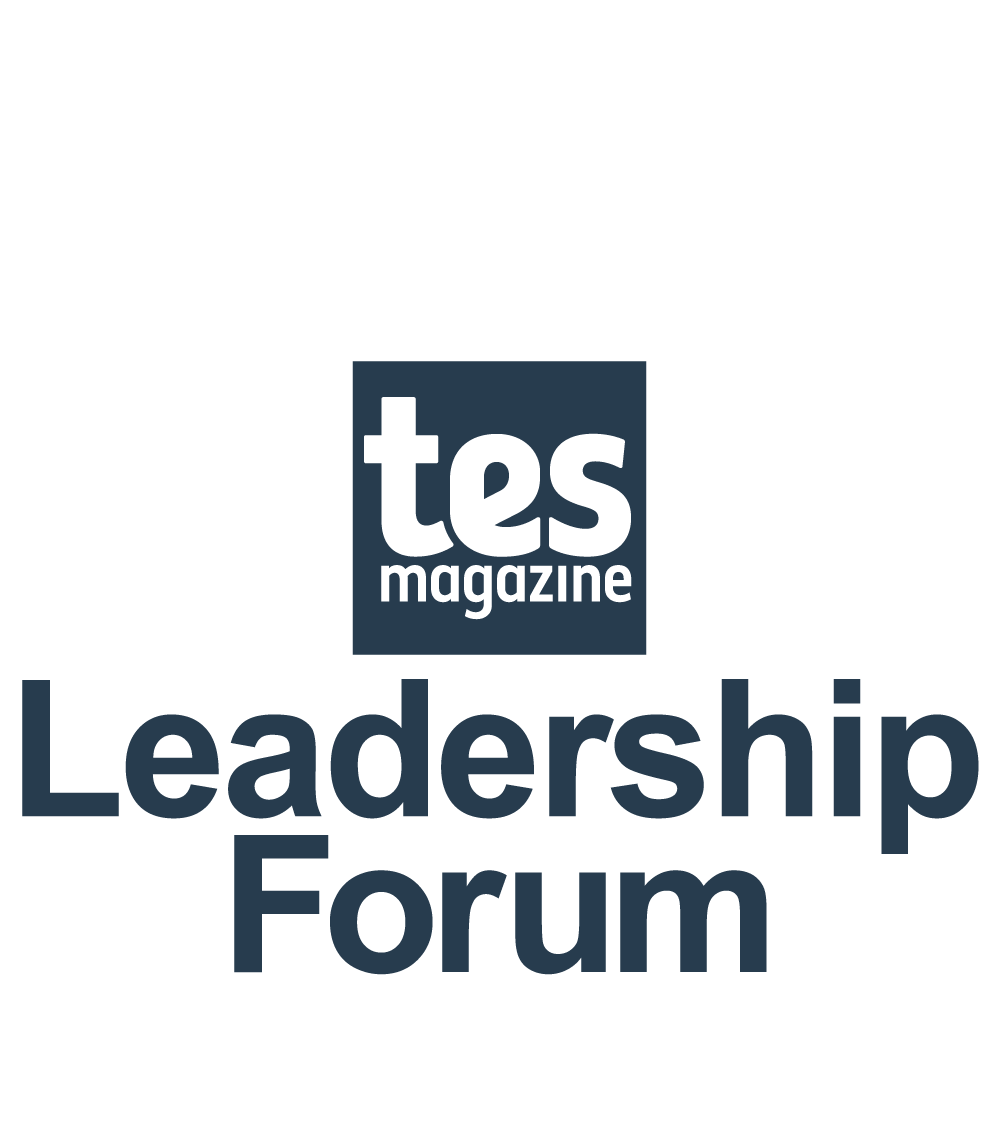- Home
- Leadership
- Tips & Techniques
- Middle leader tips: how to build your budget
Middle leader tips: how to build your budget

The love of budgeting is rarely - if ever - used as a reason for wanting to rise up the ranks of leadership, and yet getting to grips with it is likely to be a requirement of almost all middle leader roles.
So what should newcomers to the process bear in mind?

The lowdown
Budgeting is less commonly discussed in textbooks and research articles than other elements of leading a team, but it is a central concern.
You will likely need to review and evaluate expenditures at least annually - so, for those new to the role, reviewing budget decisions from previous years can help. This will enable you to understand the resource demands and priorities within your area of responsibility and identify key suppliers.
Economic challenges can make budgeting a difficult task, and middle leaders should have a strong rationale for the budget choices they make. Ideally, these choices will be informed by priorities that have been agreed across the team.

What we know about what works
Fundamentally, budgeting decisions should align with the vision of the school and with the core responsibilities of the middle leader, explains Kathleen Kerrigan. Kathleen is a lecturer in educational leadership and policy at the University of Glasgow, where she also leads the postgraduate certificate in middle leadership and management in schools.
“It is important for middle leaders to identify and rank budget priorities,” she continues. “When leading a department or faculty, the resourcing of quality learning and teaching will be a priority. Essential expenditure should be addressed first - for example, by ensuring that key resources needed for learning and teaching are available when required.”
Middle leaders should, she says, maintain “an overview of resource use and spending throughout the budget period and should be ready to act quickly if any difficulties arise, seeking further advice if required”.
“If any funds remain in the budget towards the end of the financial year, it may be possible to consider expenditure on other items - for example, on resources that might help achieve specific departmental development goals.”
And what about those who don’t know where to start with a budget?
“If you are new to a middle leader role, you should consult with colleagues and become familiar with relevant policies to ensure that you are fully aware of school expectations and protocols for managing a budget,” she advises.
“You can also learn a great deal by reviewing previous budgets. Maintaining an approach that is known to be effective could sustain you in your early days in post until you have a clear understanding of the budget and resource demands within your area.
“It is important to ensure that you gain the best value when purchasing and using resources, so try to allow time to investigate various suppliers when making purchasing decisions. Peers and colleagues may also be able to direct you to suppliers who offer quality resources at a fair price. Middle leaders should implement ways of ensuring the fair and sustainable use of resources - this is particularly important when budgets and resources are limited.”
More from Middle Leadership Essentials:
When planning for the year ahead, leaders should consider whether any priorities have changed and whether this might impact resource demands for the following year, she says, as well as considering the effectiveness of previous budget decisions.
“Occasionally, there may be changes to the allocated budget - for example, due to budget cuts or the opportunity to bid for small pockets of additional funding,” she says.
“Middle leaders should therefore have a strong understanding of the contribution that their team makes to the school and to the children and young people with whom they work, and they should be ready to respond with a robust rationale and supporting evidence to ensure that they can make a convincing case in these circumstances.”
And although the responsibility for budget decisions is likely to rest with the middle leader, collaboration with their team is more likely to ensure that budget decisions are understood and supported, she says.
“Collaboration might involve including the issue in formal or informal team discussion or joint working with the team to identify resource priorities and make budget decisions. Where the team has already agreed on matters such as priorities and areas for development, the middle leader can ensure that all major decisions, including budget decisions, are aligned with these priorities.
“Furthermore, when experienced middle leaders are transparent and collaborative in their approach to decision-making, it allows colleagues with less experience to view the decision-making process and to begin to understand the often-competing factors that influence budget choices and other major decisions.”

The experienced leader view
Jon Hutchinson is director of curriculum and teacher development at the Reach Foundation. He writes:
At the start of the year, your most important questions relating to budget are “How much do I have, and what shall I spend it on?” Ideally, these decisions will have been driven by carefully identified gaps or priorities in your area of responsibility. But sound budgeting doesn’t end once you’ve made your purchase. Effective middle leaders ask another question at the end of the year: was the money well spent?
The metrics for this evaluation will be different depending on the problem that you were trying to solve. Let’s say pupil attendance has been tanking in your year group, and so as head of year you allocated £250 for a prize scheme to incentivise more kids into school. Here, pupil attendance in your year group will be the data point you’ll be reviewing. You may discover that there was an immediate uptick following the introduction of the prizes, and you’ve ended the year with an overall attendance rate above the national average and any other year group in your school.
This sort of evaluation tells you a few different things. First of all, the money was well spent, as it achieved its aim. You have a strong case to repeat the scheme the next year. More than this, though, you have discovered a pretty cheap way to tackle an issue that many of your colleagues are likely facing, and which is almost certainly causing headaches to senior leaders in your school. This could result in a broader budget decision to introduce your scheme in other year groups.
In other cases, it could be less clear-cut. Perhaps you are a humanities coordinator in a primary school, and Ofsted indicated that pupils’ retention of key knowledge was weak in these subjects. You might have decided to invest in an online quizzing platform. Evaluating the impact of this is less straightforward. You’ll need to gain information about how many teachers are actually using it regularly and, of those who are, whether kids are remembering more.
This is where there could be some nuance. Maybe the Year 3 and 4 teams are using it methodically and seeing huge gains in the end-of-term assessments. But other year groups use it far less consistently, if at all. It’s often necessary to buy whole-school licenses to such platforms, and so you’ll now be faced with the conclusion that it would be good value for money, if only all teachers actually use it.
If you are unable to mandate its use (and teachers could have good reasons not to be using it) then it may simply be too expensive for the restricted gains that it is achieving. This is where context and judgement become crucial.
It’s perfectly excusable to get to the end of the school year and arrive at the conclusion that a particular spend was not good value for money. No purchase is guaranteed to deliver results. What is far less excusable is continuing to throw good money after bad value. The way to avoid that is through proper evaluation of value for money by considering what you spent, and the impact that it brought you.
You need a Tes subscription to read this article
Subscribe now to read this article and get other subscriber-only content:
- Unlimited access to all Tes magazine content
- Exclusive subscriber-only stories
- Award-winning email newsletters
Already a subscriber? Log in
You need a subscription to read this article
Subscribe now to read this article and get other subscriber-only content, including:
- Unlimited access to all Tes magazine content
- Exclusive subscriber-only stories
- Award-winning email newsletters
topics in this article




